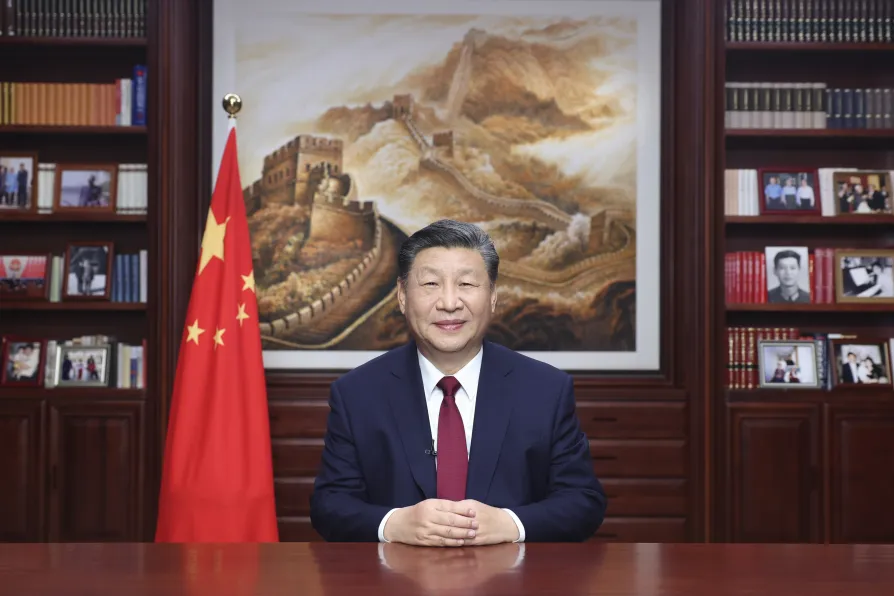As figures from Tucker Carlson to Nigel Farage flirt with neofascist rhetoric and mainstream leaders edge toward authoritarianism through war and repression, the conditions that once nurtured Hitlerism re-emerge — yet anti-war and anti-imperialist sentiments are also burgeoning anew, writes ANDREW MURRAY

 Chinese President Xi Jinping delivers a New Year message in Beijing to ring in 2024, December 31, 2023
[Ju Peng/Xinhua via AP]
Chinese President Xi Jinping delivers a New Year message in Beijing to ring in 2024, December 31, 2023
[Ju Peng/Xinhua via AP]
ALAIN BADIOU, in his book Petrograd, Shangai: Les Deux Revolutions du XXe Siecle (the two revolutions of the 20th century), describes the revolutionary impact of the Cultural Revolution on his generation as follows: “Every subjective and practical trajectory has found its nomination in the tireless creativity of the Chinese Revolution.”
The Cultural Revolution was a creative project of engaging new militants to the revolutionary ideological struggle. Mao conceived the Cultural Revolution as a “struggle“ against an objective reality, the danger of deradicalisation that every revolution faces.
The Cultural Revolution, so to speak, emerged as a forced creativity. The harsh reality that the desired society could not be achieved immediately after a socialist revolution, the paradoxical nature and unique challenges and responsibilities of continuing this struggle from a state position were being learned by experience, and the leaders of the Chinese revolution had no ready-made prescription, neither from theory nor from experience.

Speaking to a CND meeting in Cambridge this week, SIMON BRIGNELL traced how the alliance’s anti-communist machinery broke unions, diverted vital funds from public services, and turned workers into cannon fodder for profit













